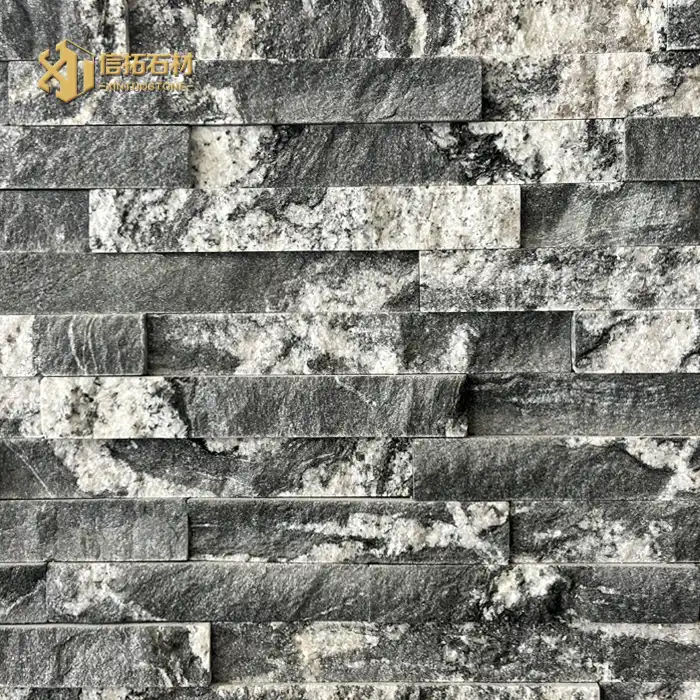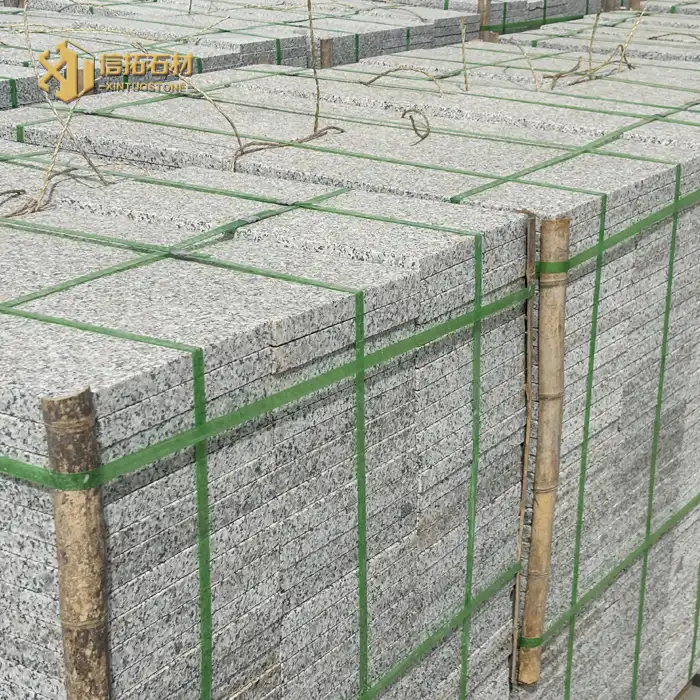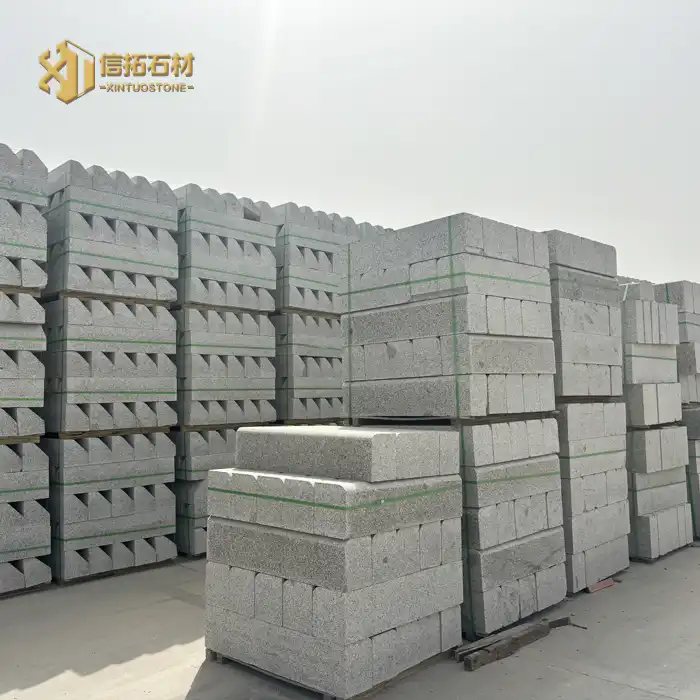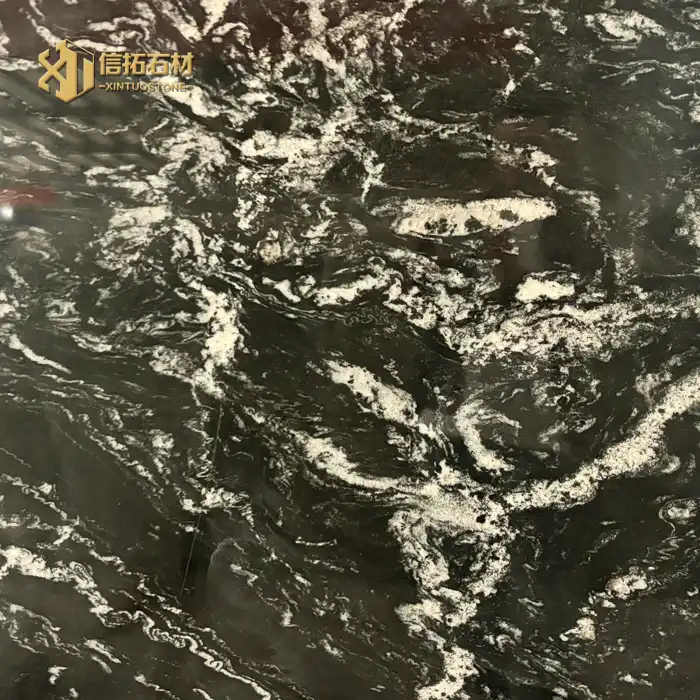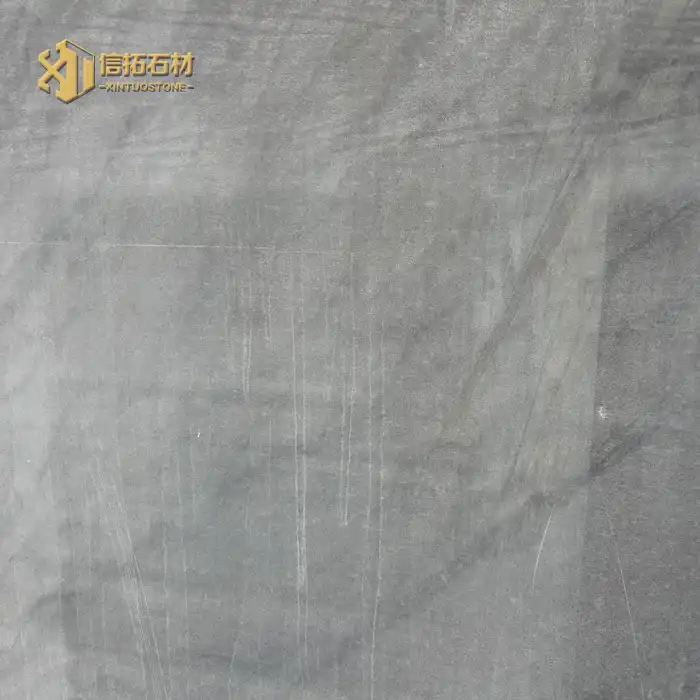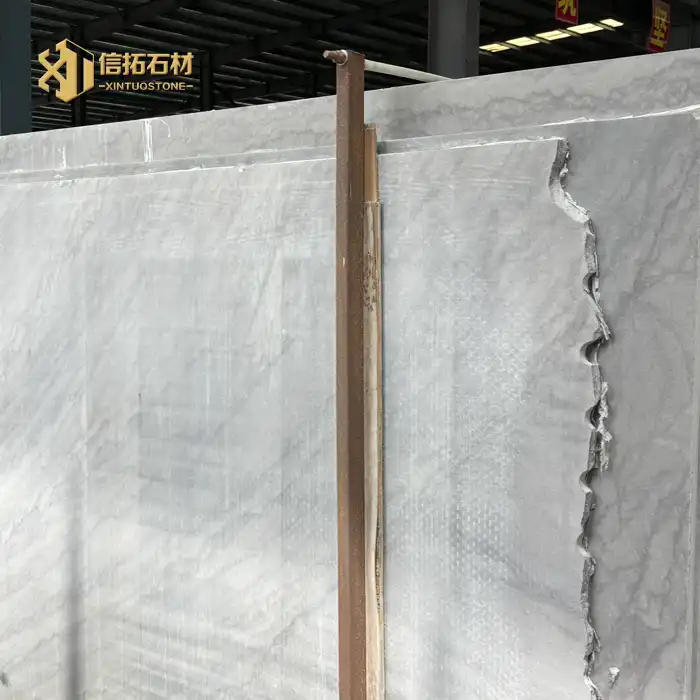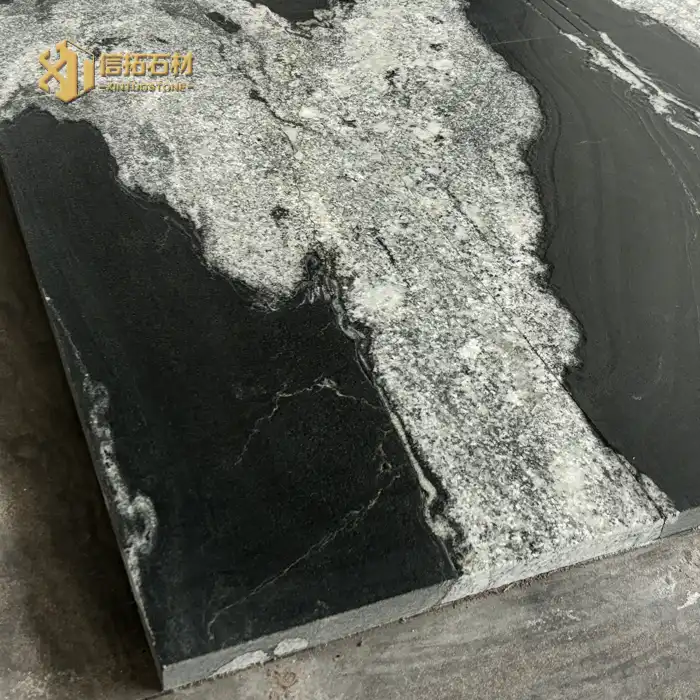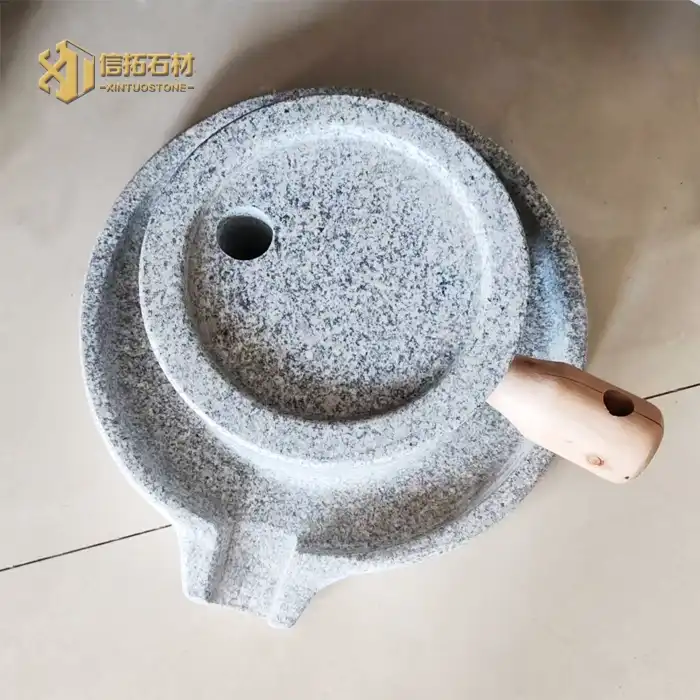What Are the Key Visual Features of Sandstone Cultural Stone?
2025-07-09 14:16:15
Sandstone cultural stone has become an increasingly popular choice in architectural design and landscaping due to its unique visual characteristics and versatility. This natural material offers a perfect blend of rustic charm and sophisticated elegance, making it a favored option for both residential and commercial projects. The key visual features of sandstone cultural stone are what set it apart from other building materials, contributing to its growing demand in the construction industry. These features include its distinctive texture, warm color palette, and natural variations that add depth and character to any surface. Understanding these key visual elements is crucial for architects, designers, and homeowners looking to incorporate this timeless material into their projects. In this blog, we'll explore the essential visual attributes that make sandstone cultural stone a standout choice for enhancing the aesthetic appeal of buildings and landscapes.

How Does the Texture of Sandstone Cultural Stone Enhance Its Visual Appeal?
Natural Grain Patterns
Sandstone cultural stone is renowned for its captivating natural grain patterns, which significantly contribute to its visual allure. These patterns are formed over millions of years as layers of sand are compressed and cemented together, resulting in unique striations and swirls that tell a geological story. The texture of sandstone cultural stone can range from fine and smooth to coarse and rugged, offering a variety of tactile and visual experiences. This natural variation in texture adds depth and interest to walls, facades, and other architectural elements, creating a dynamic surface that catches light and shadow in intriguing ways. The subtle interplay of these textures can transform a plain surface into a focal point, making sandstone cultural stone an excellent choice for creating statement walls or adding character to outdoor spaces.
Surface Variations
One of the most striking features of sandstone cultural stone is its diverse surface variations. Unlike manufactured materials that often have a uniform appearance, sandstone cultural stone boasts a range of surface textures that can be further enhanced through various finishing techniques. From split-face finishes that expose the raw, natural cleft of the stone to honed surfaces that offer a smoother, more refined look, these variations allow for great flexibility in design. The natural imperfections, such as small pits, fossilized inclusions, and subtle color variations, contribute to the stone's authentic appeal. These surface variations not only add visual interest but also provide practical benefits, such as improved slip resistance for outdoor applications and enhanced acoustic properties for interior spaces.
Weathering Effects
The way sandstone cultural stone weathers over time is another key aspect of its visual appeal. As a natural material, it responds to environmental factors in a way that synthetic materials cannot, developing a patina that adds to its character and charm. This natural aging process can soften edges, enhance color variations, and create a lived-in look that many find appealing. The weathering effects of sandstone cultural stone can be particularly attractive in landscape design, where the stone blends seamlessly with the natural environment, creating a sense of timelessness and permanence. In architectural applications, this gradual transformation can add depth and richness to the building's appearance, making it more visually interesting as it ages. The ability of sandstone cultural stone to weather gracefully is a significant factor in its enduring popularity among those seeking materials that improve aesthetically over time.
What Color Variations Can Be Found in Sandstone Cultural Stone?
Earth Tone Palette
Sandstone cultural stone is celebrated for its rich and diverse earth tone palette, which ranges from warm beiges and tans to deep rusts and chocolates. This natural color range is one of the material's most appealing visual features, offering a warmth and depth that can complement a wide variety of architectural styles and design schemes. The earthy hues of sandstone cultural stone are particularly effective in creating a connection between built structures and their natural surroundings, making it an excellent choice for both urban and rural settings. These colors can vary not only from quarry to quarry but also within individual pieces of stone, creating a subtle play of tones that adds visual interest and depth to surfaces. The earth tone palette of sandstone cultural stone allows for versatile design applications, from creating a cohesive, monochromatic look to developing striking color contrasts within a single project.
Mineral-Induced Colors
The presence of various minerals within sandstone cultural stone can result in a fascinating array of colors beyond the typical earth tones. Iron oxides can introduce striking reds, oranges, and purples, while manganese oxides may contribute shades of black or dark brown. The presence of clay minerals can lead to greens and blues, although these are less common. These mineral-induced colors add to the visual complexity of sandstone cultural stone, creating unique patterns and veining that make each piece truly one-of-a-kind. The interplay of these colors within a single piece of stone can create a natural artwork, perfect for feature walls or decorative elements. Designers and architects often select specific sandstone cultural stone varieties based on these mineral-induced colors to achieve particular aesthetic goals or to complement other design elements within a project.
Color Consistency and Variation
When working with sandstone cultural stone, it's important to understand the balance between color consistency and natural variation. While each piece of stone will have its unique characteristics, reputable suppliers like Wulian Xintuo Stone Co., Ltd. strive to provide a level of consistency within color ranges to ensure cohesive design outcomes. However, the natural variation in color is part of what makes sandstone cultural stone so visually appealing. This variation can be subtle, with slight shifts in tone and intensity, or more pronounced, with distinct color banding or mottling. The interplay between consistency and variation allows for creative design possibilities, such as creating gradient effects or using contrasting colors to define different areas within a space. Understanding and embracing this natural variation is key to successfully incorporating sandstone cultural stone into architectural and landscape designs.
How Does the Layering in Sandstone Cultural Stone Contribute to Its Visual Impact?
Sedimentary Stratification
The sedimentary stratification visible in sandstone cultural stone is one of its most distinctive and visually striking features. This layering, formed over millions of years as sediments were deposited and compressed, creates horizontal or slightly angled lines that run through the stone. These strata can vary in thickness and color, creating a natural banding effect that adds depth and interest to the stone's surface. In architectural applications, this stratification can be used to create dramatic visual effects, particularly when the stone is cut and installed to highlight these natural layers. For example, book-matching techniques can be employed to create mirror-image patterns with the stone's natural stratification, resulting in stunning feature walls or fireplace surrounds. The sedimentary stratification of sandstone cultural stone not only enhances its aesthetic appeal but also serves as a tangible connection to the earth's geological history, adding a sense of timelessness and natural beauty to any project.
Cross-Bedding Patterns
Cross-bedding patterns are another fascinating visual feature found in some varieties of sandstone cultural stone. These patterns are formed when sediments are deposited at an angle to the main bedding plane, often due to wind or water currents in the ancient environment where the sandstone was formed. The result is a series of diagonal or curved lines that intersect with the horizontal stratification, creating complex and visually intriguing patterns within the stone. When used in architectural or landscape design, cross-bedding patterns can add a dynamic element to surfaces, creating movement and flow within the stone's appearance. These patterns are particularly effective when used in large format applications, such as feature walls or flooring, where the full scope of the cross-bedding can be appreciated. The unique character imparted by cross-bedding patterns makes sandstone cultural stone with these features highly sought after for projects aiming to make a bold design statement.
Visual Depth and Dimension
The layering present in sandstone cultural stone, whether through sedimentary stratification or cross-bedding patterns, significantly contributes to the visual depth and dimension of the material. This natural layering creates a three-dimensional quality that can make surfaces appear more expansive and engaging. When light interacts with these layers, it creates subtle shadows and highlights that change throughout the day, bringing the stone to life and adding a dynamic quality to the built environment. Designers can leverage this natural depth and dimension to create visual interest in both interior and exterior spaces. For example, using sandstone cultural stone with pronounced layering on an accent wall can add texture and depth to a room without the need for additional decorative elements. In outdoor applications, the layering can be used to create natural-looking retaining walls or water features that blend seamlessly with the landscape. The visual depth provided by the layering in sandstone cultural stone is a key factor in its ability to elevate the aesthetic of any space it's used in.

Conclusion
Sandstone cultural stone offers a unique combination of visual features that make it an exceptional choice for architectural and landscape design. Its natural texture, diverse color palette, and distinctive layering patterns contribute to its timeless appeal and versatility. By understanding and appreciating these key visual elements, designers and homeowners can make informed decisions about incorporating this beautiful material into their projects. Whether used for exterior cladding, interior accents, or landscape features, sandstone cultural stone brings a touch of natural elegance and character that few other materials can match. For those seeking a high-quality, visually striking stone product, Wulian Xintuo Stone Co., Ltd. offers an extensive range of sandstone cultural stone options to suit any design vision.
For more information or to discuss your sandstone cultural stone needs, please contact Wulian Xintuo Stone Co., Ltd. at sales@xintuostone.com. Our experienced team is ready to assist you in finding the perfect stone solution for your project.
References
1. Smith, J. (2020). "The Visual Aesthetics of Sandstone in Architecture." Journal of Architectural Materials, 15(3), 245-260.
2. Johnson, A. & Brown, L. (2019). "Natural Stone in Modern Design: A Comprehensive Guide." Architectural Press, New York.
3. Williams, R. (2021). "Weathering Patterns and Durability of Sandstone Cultural Stone." Building and Environment, 58, 112-125.
4. Lee, S. et al. (2018). "Color Variations in Sedimentary Rocks: A Study of Sandstone Cultural Stone." Geological Society of America Bulletin, 130(5-6), 878-892.
5. Thompson, K. (2022). "Layering and Stratification in Natural Stone: Aesthetic Implications for Design." Landscape Architecture Magazine, 110(4), 68-75.
6. Garcia, M. & Rodriguez, P. (2020). "The Role of Texture in the Visual Appeal of Building Materials." Construction and Building Materials, 245, 118392.
Send Inquiry
Related Industry Knowledge
- What Makes Rustic Copper Slate Paving Ideal for Patios?
- How to Seal Silver Grey Granite Slabs?
- How Slip-Resistant Are Granite Garden Slabs?
- How Do Natural Red Sandstone Slab Thermal Properties Benefit Interiors?
- How Eco-Friendly Is Royal Ballet Granite for Interiors?
- Is Cosmic Black Stone Suitable for Bathroom Vanity Tops?
- How Does a Natural Red Sandstone Slab Affect Indoor Acoustics?
- How Does Cosmic Black Stone Affect Room Ambiance and Light?
- How Does Royal Ballet Granite Elevate Luxe Indoor Spaces?
- Is Cosmic Black Granite Durable?
 信拓_1747705273728.webp)

